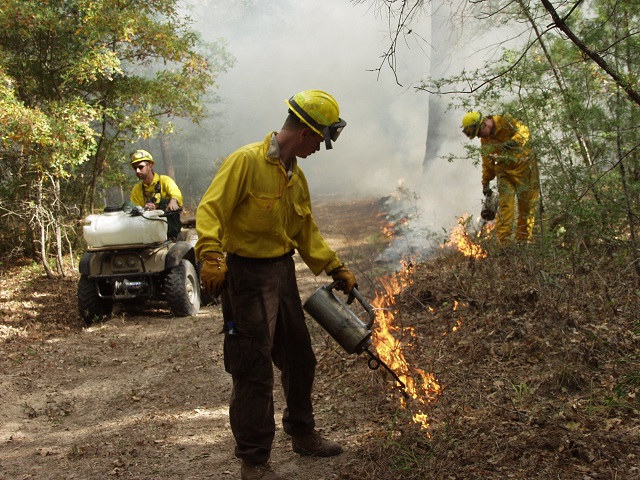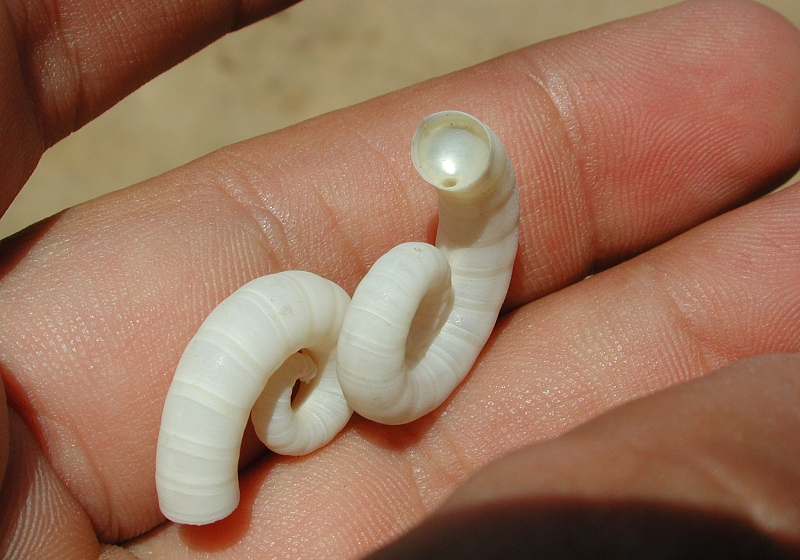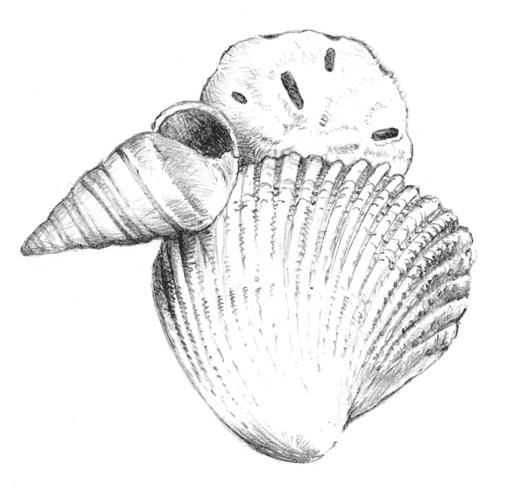Volunteer with Texas State Parks
Monday, February 22nd, 2016This is Passport to Texas
Volunteers donate more than a half-million hours of service worth over $17-million dollars annually to all Texas Parks and Wildlife programs.
They get to work with really friendly and knowledgeable staff, and they have a great time just being outside and enjoying nature, themselves, as part of their giving back.
Audrey Muntz is the new volunteer coordinator for Texas state parks, and says anyone with an interest can find a volunteer opportunity in parks that suits them.
We have hundreds of opportunities throughout the state at state parks. Some of them are one time; some of them are short term. And, the majority of them are ongoing.
One of the most coveted long-term volunteer jobs is state park host. In exchange for their services, they receive a campground site.
Those individuals serve up to 24-30 hours a week in exchange for being able to keep their RV in the campground. And so they can help with a huge variety of things, from keeping the grounds clean, to fee collection. And they are the face of the park in many ways, and help campers get to know and learn the park and keep it as beautiful and clean as they can for all of our visitors.
Park host commitments range from two to six months; and, established volunteers often move from one park to another.
That’s our show for today… Funding provided in part by Ram Trucks. Guts. Glory. Ram
For Texas Parks and Wildlife…I’m Cecilia Nasti.







 Passport to Texas is a
Passport to Texas is a  Passport to Texas is made available by:
Passport to Texas is made available by: